An excellent article in the link below discussing how to pack light for expeditions, very relevant for jungle trail tours. It's really well written
Lightweight Backpacking 101: An Introductory Manual for Lightening Your Load Today (1st Edition - August 2001) @ Backpacking Light
& below "how light can you go" - It really does make a difference
http://www.backpackinglight.com/cgi-bin/backpackinglight/philmont.html#.UTIV2WfK8tg
Below is the section about carrying food, you need a lot of calories
Trail Food by David J. Schultz
Introduction
The author Henry Fielding wrote, "We must eat to live and live to eat."
Nowhere is this more true than on the trail. After a long day on the trail, your body needs fuel. Furthermore, if you are like me, you will find that few things can make you forget the weariness in your limbs like a good meal. The challenge comes in trying to keep weight and bulk to a minimum while keeping nutrition and good taste to a maximum. As if this were not a hard enough balancing act I also place a high premium on ease of preparation and clean up. When cooking on the trail the hardest thing that I want to do is boil water and pour it in a bag.
Now I know what you are thinking, “Great! Another article on which brand of freeze dried meal tastes the least like sawdust.” Oh contraire, dear reader. Those freeze dried meals are about $7 each. On principal, I just can not bring myself to buy those things (see my other article in this issue, “Ultra Cheap, Ultra Light”). Price, however, is not the only problem that I have with using commercially prepared freeze dried backpacking meals. They tend to be bulky, the portions are sometimes on the smallish side, their quality is inconsistent, and they are often lacking in nutrition. There is one more reason I tend to avoid buying prepackaged trail meals… I love to cook. It is an ego thing and I don’t mind saying so. I find few things as satisfying as hearing comments on how small and light my pack looks as I walk into camp, how good my food smells and looks as I eat, and how nice it must be to only have to boil water and not even have to clean a pot when I’m done.
Nutrition
Unless you are a thru hiker who will be eating on the trail for many weeks in a row, nutrition while hiking means calories. A few days without the proper ratios of vitamins and minerals in our diet will not harm most of us. This doesn't mean that you should ignore vitamins and minerals in your meal planning. It simply means that calories are king. A few days of hiking at a big caloric deficit can make you miserable and put a damper on an otherwise wonderful trip.
Going ultra light means that you can go farther and faster than you were able with your old heavy pack. Twenty-plus-mile days are common in ultralight circles. While this new found freedom is made possible by shedding pounds, you do pay a penalty in increased energy usage. In his book, “Factors and Formulas for Computing Respiratory Exchange and Biological Transformations of Energy”, T. M. Carpenter lists the caloric expenditure of almost every activity imaginable, including sleeping and hiking. Search Google for the "House of Nutrition" site, which has this type of information. I found that my 225 lb. body will burn well over 6500 Calories during an 18 mile day of hiking that includes 3000 feet of elevation gain.
This is probably a good time to include a note of caution. There are many methods and variables involved in the calculation of caloric expenditure. Your best calculation is only an estimate to use as a starting point. The key is to test your estimate in the field on shorter trips. It would be foolish to pack food for a 2 week trip based solely on an untested calculation of caloric expenditure. After some field testing on shorter trips you will soon get an instinctive feel for how much food you need for hiking in various conditions.
To put this caloric expenditure in perspective, 11 Big Macs contain something in the neighborhood of 6300 Calories and weigh about 5 lbs. Think of it, a five day trip would require that I carry 55 Big Macs. These would certainly fill up a big pack and would weigh more than all of my gear combined. You can see that we have to find trail food that is more calorie dense than Big Macs. With any luck our trail food will also taste better too.
Butter has roughly 200 Calories per ounce. A big Mac has 80 Calories per ounce. I have read that some ultra lighters try to average 150 Calories per ounce of food. However, a diet that averaged 150 Calories per ounce would, of necessity, be very high in fats and not terribly interesting. A generally accepted target is an average of 125+ Calories per ounce of food. At an average of 125 Calories per ounce my 18 mile days would only require 3.25 lbs of food per day. The USDA Nutrient Data Laboratory (hey, you should be a Google expert by now) website has a searchable database of just about every food imaginable and lists, among other things, the calories per 100 grams of a given food.
Note: Technically, the energy value of food is measured in Calories, not calories. Each food Calorie is actually a kilocalorie or 1000 calories. This may be confusing when consulting scientific web sites.
How This Really Works
After looking at the Calories per ounce in a variety of foods you will probably notice that it is not easy to make an interesting diet from only foods that pack 125 Calories or more per ounce.
The secret here is to remember that we are talking about an average of 125 Calories (kcal) per ounce in your diet. For example, 1 oz of raisins has only 82 kcal. But, when that one ounce of raisins is combined with 1 oz of gold fish crackers (141 kcal) and 1 ounce of cashews (160 kcal), the resulting “trail mix” contains an average of 127 kcal per ounce. For dinner, 190 grams of dry instant rice (enough to make 2 cups of cooked rice), contains only 107 kcal per dry ounce, but when some tomato powder, dried vegetables, spice and 1 oz of butter flavored or pepper flavored oil is added, the resulting Spanish Rice contains about 125 kcal per ounce of dry weight. The key to making a tasty diet that is also calorie dense is stacking the deck with ultra high calorie foods. Such foods include: nuts, peanut butter, chocolate, butter, oils, snack chips and crackers, pepperoni, and pre-packaged cooked bacon.
My standard operating procedure when I plan meals is to work around the number of calories that I think I will need in a day. First I create dinner, being careful to note its caloric content. Next I create lunch, again noting the calories. Lastly, I fill in the remaining calories for the day in the form of snacks to be eaten through out the day. I do not typically eat “breakfast”; I just start snacking as soon as I wake up. I have a tendency to not eat enough during the day which can result in a horrible “crash” in the mid afternoon when my body runs out of energy. To combat this I eat a snack at least once an hour whether hungry or not.
Dinner is the BIG meal of the day for me. It is more than just a meal; it is a ritual of relaxation. I don't eat dinner while I walk. Even if I am in bear country, I eat a few miles before I stop to set up my camp for the night and take my time. I don’t rush dinner, but neither do I want to be bothered much with its preparation. Dinner is when I sit down and relax. My body unwinds a bit from the work of the day as I boil water and then savor my repast. I have found a technique which allows easy preparation and clean up as well as providing tasty and nutritious food.
I make my dinners in single serving bags which require only that I add boiling water and wait for several minutes while the food “cooks”. I then eat my meal straight from the bag. When I’m through eating I zip the bag back up and pack it out. There is no pot cleaning for me on the trail. My current packaging bags of choice are the one quart size Glad “Stand and Zip” bags. These bags are much stronger than regular freezer zip locks and easily stand up to boiling water. After the meal is bagged, I simply roll the bag up and place a rubber band around it. A dinner packaged like this will withstand a tremendous amount of abuse. When packaging these meals at home I start with the dinner foundation first. This is typically a starch such as pasta, rice or potato flakes. Often a prepackaged rice or noodle side dish is the foundation. Next in the bag goes whatever suits my fancy: dehydrated veggies, meat, tofu crumbles, and spices. I write down the caloric content and the amount of water and oil (or ghee) needed on the outside of the bag. Occasionally, I will forget to record the amounts of the different ingredients and have to guess at the amount of water to use. A good rule of thumb is one cup of water for every one cup of dry ingredients. If you put in too much water, just gradually add a bit of couscous, instant rice or potato flakes to absorb the excess. Finally the bag is zipped shut and all excess air is forced out. To prepare the meal simply boil the appropriate amount of water, add the boiling water and oil to the bag, seal it, mash the contents around through the closed bag to mix, wrap the bag in some unused clothing to insulate it (often unnecessary), and wait 5 to 15 minutes (depending upon what you are cooking).
Your local supermarket can provide most of the foods for your hiking pantry. Health food, ethnic food, and online specialty food stores will provide variety and some harder to find items. Here is a list of some things that typically go into my “easy cook” hiking meals:
- Prepackaged rice or noodle based side dishes (I only get those that cook in less than 8 minutes.)
- Instant potatoes (I especially like the flavored varieties. Try several as the taste varies greatly among brands.)
- Ramen noodles
- Angel hair pasta (This will cook by being submerged in boiling water with no simmering needed.)
- Couscous
- Instant rice
- Dried refried bean flakes
- Dehydrated or freeze dried vegetables ( I dehydrate most of my own – it is really easy and cheap. These can also be purchased online from Enertia Trail Foods or Just Tomatoes, Etc.)
- Spices
- Powdered gravy or sauce mix
- Oil (I typically use olive oil or flavored oils. The popcorn section of most supermarkets has butter flavored oils.)
- Clarified butter or ghee (If you want to make this at home a quick web search on “clarified butter” or “ghee” will yield dozens of hits. One of my favorites is at Ayurvedic Foundations web site. Ghee can also be purchased in stores that sell food from India. As long as no moisture is introduced to the ghee it does not require refrigeration.)
- Grated Parmesan Cheese
- Sour Cream powder
- Dehydrated cooked ground beef, chicken, or tuna ( Some freeze dried meats are available commercially, but they cost an arm and a leg, so I dehydrate my own.)
- Dehydrated tofu crumbles (Tofu crumbles – a ground beef substitute - are available in many grocery stores. I then dehydrate them for trail use. Their taste and texture are very much like ground beef.)
- Textured vegetable protein (TVP is available in many health food stores.)
Lunch, to a lesser extent than dinner, is also a time of relaxation for me. On most days by the time I stop for lunch, I have already been walking for 4 or 5 hours. I typically will make lunch a one hour rest stop that allows me to catch my breath, wiggle my toes, and let my socks and shoes air out. Again, ease of preparation is key to me so I rarely heat lunch. Current lunch favorites include peanut butter, honey, crackers, pound cake, flat bread, pepperoni, cheese, dried fruit, and nuts.
Trail snacks usually consist of anything that I can eat while walking. Lately I find myself munching various brands and types of high nutrition food bars (the excellent Luna brand of bars are my current favorite), the old standby – gorp, home made trail bars, various flavors of sweet cakes that come from military MREs, and goodies from the Little Debbie family of snacks.
After dinner snacks are always a part of my hiking cuisine. Typically, I will bag a half box of “no bake” cheese cake or perhaps some instant rice or bread pudding. If stealth camping (no cooking where I sleep), desert can be my first meal the next morning.
Condiments and extras play an important part in the overall enjoyment of a trip. There is always a ¼ ounce of Tabasco brand pepper sauce and ¼ ounce of spicy seasoned salt in the food bag. The added weight is negligible, the enjoyment is not. I usually take a small amount of spirits. Depending upon the trip and mood my preference in choice of spirits will fall toward one of two extremes. I may bring a wee dram ‘o the peaty dew, i.e. a small quantity of a fine single malt scotch (usually Lagavulin from the Isle of Islay). At the other end of the spectrum are the makings for a true ultra light cocktail - a few ounces of 190 proof grain spirits and vitamin fortified Crystal Light drink mix powder. The high proof spirits give twice as much bang for the weight and serves double duty as both stove fuel and an effective disinfectant. Sometimes the liquor goes home unopened and sometimes it disappears during the first night.
Some more food ideas below for things to carry for a planned trip out into the middle of nowhere for a few days:
http://www.backpackinglight.com/cgi...ums/thread_display.html?forum_thread_id=68549
http://www.backpacking-guide.com/backpacking-food.html
"Beaver" stew














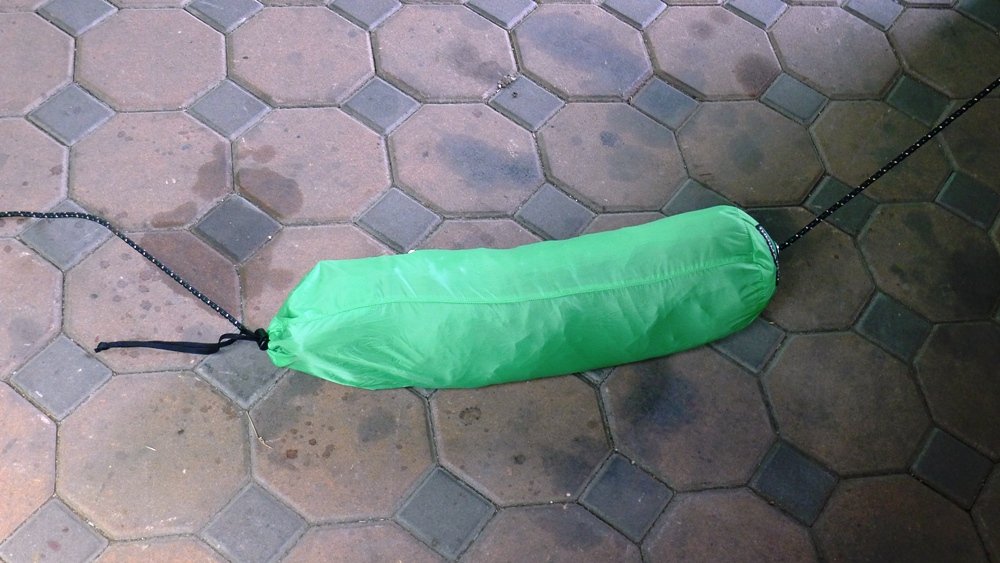
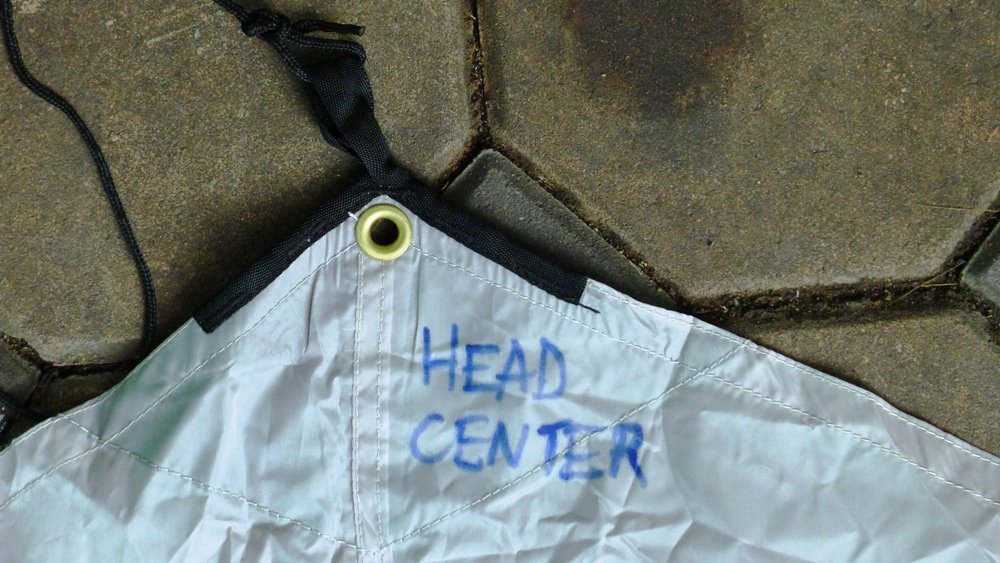
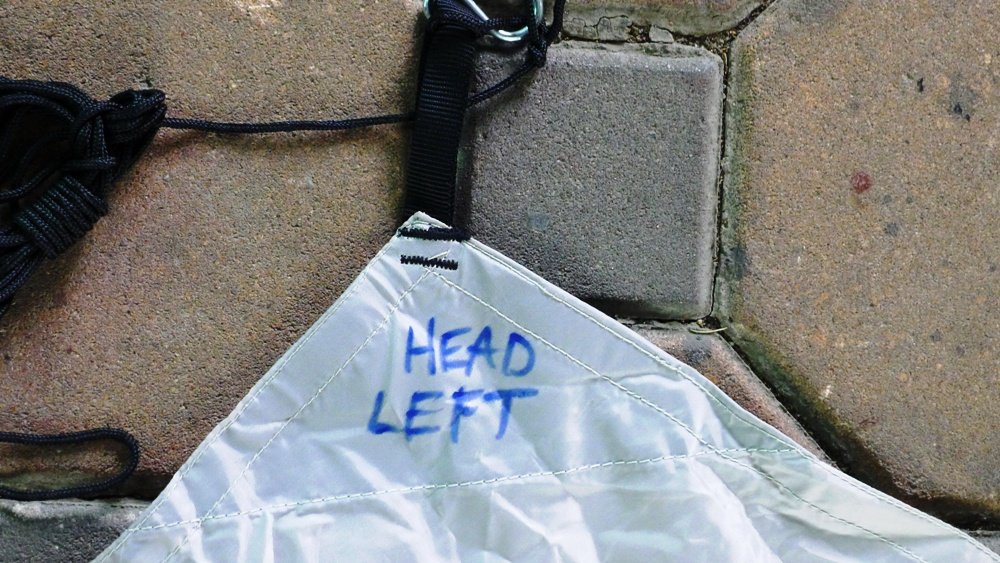
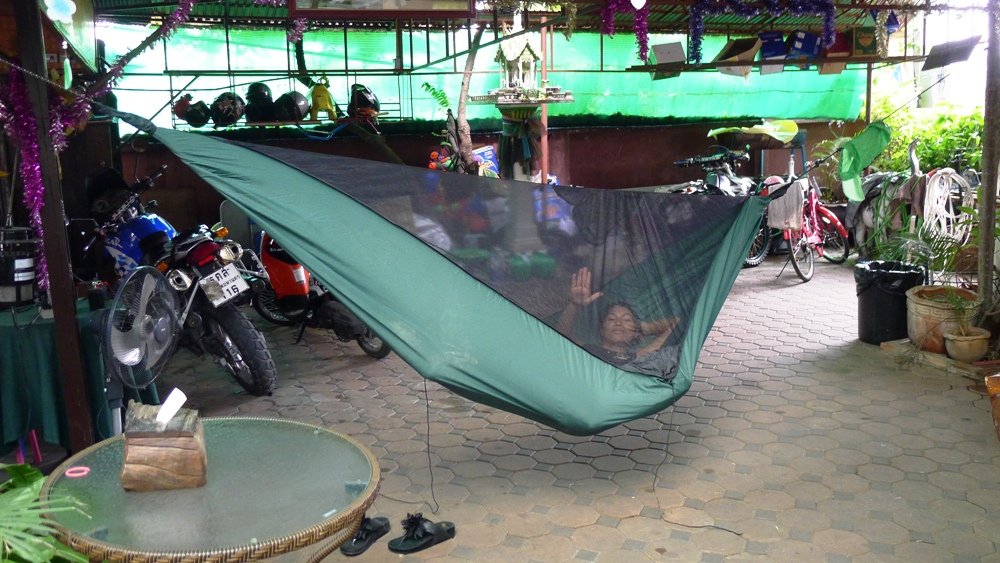
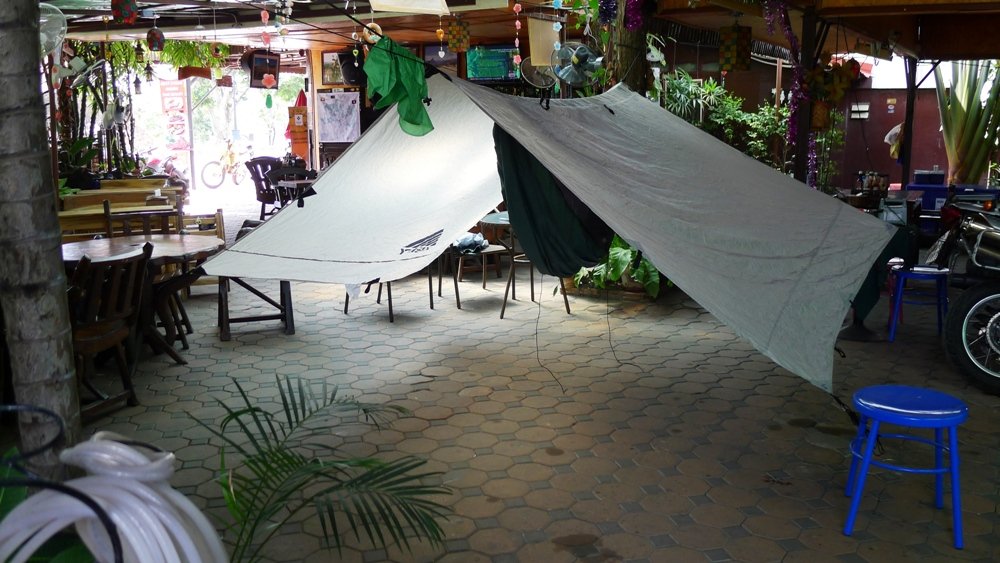
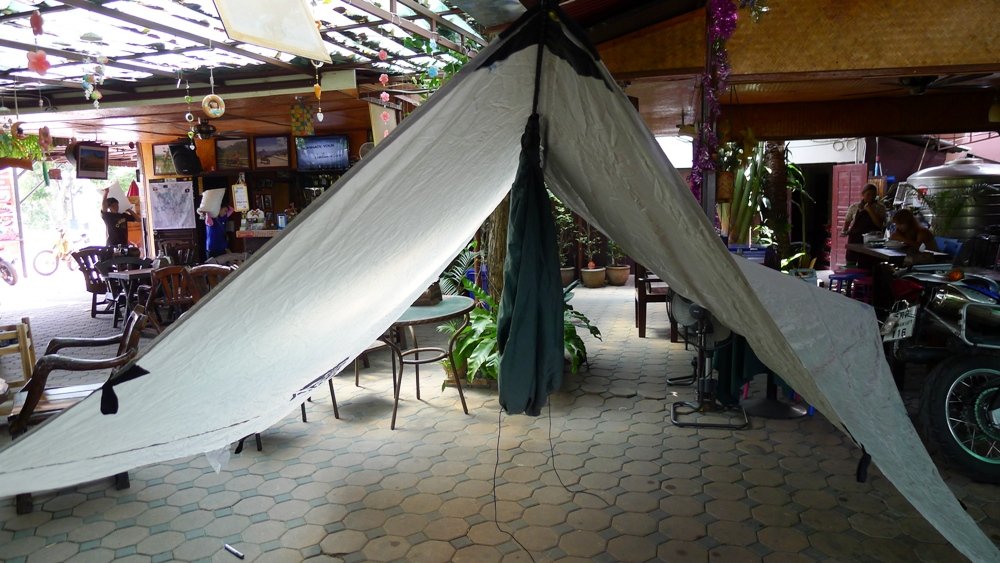
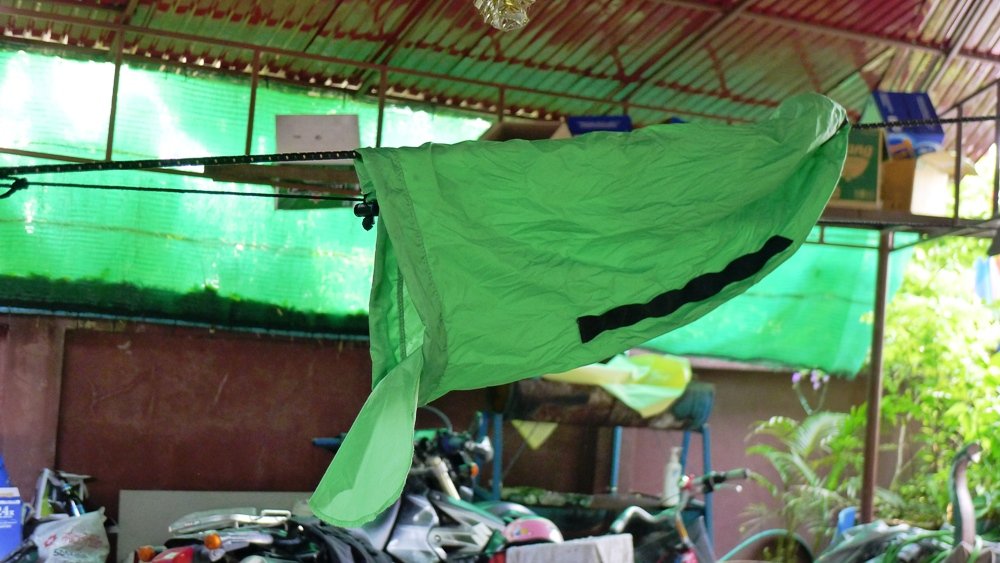
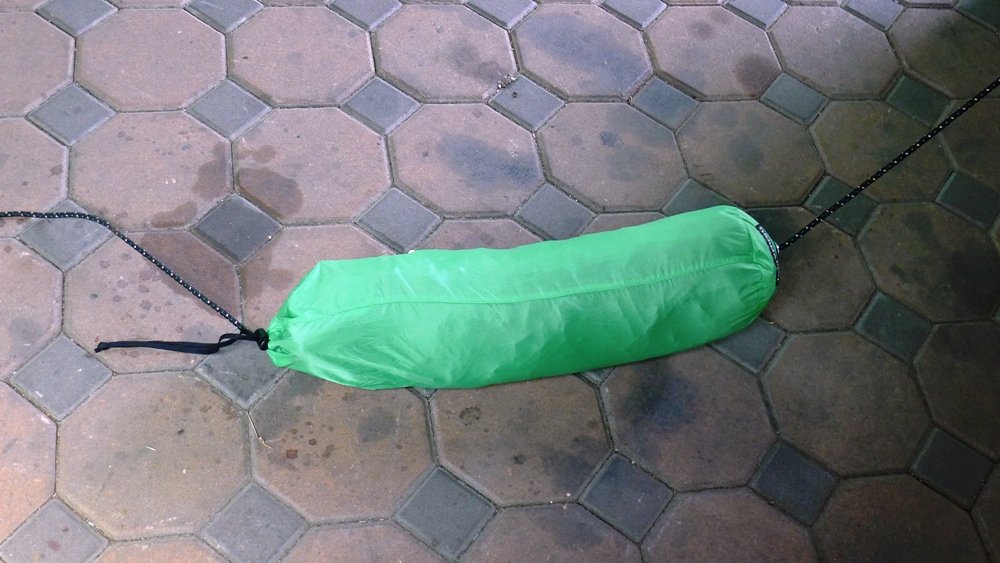
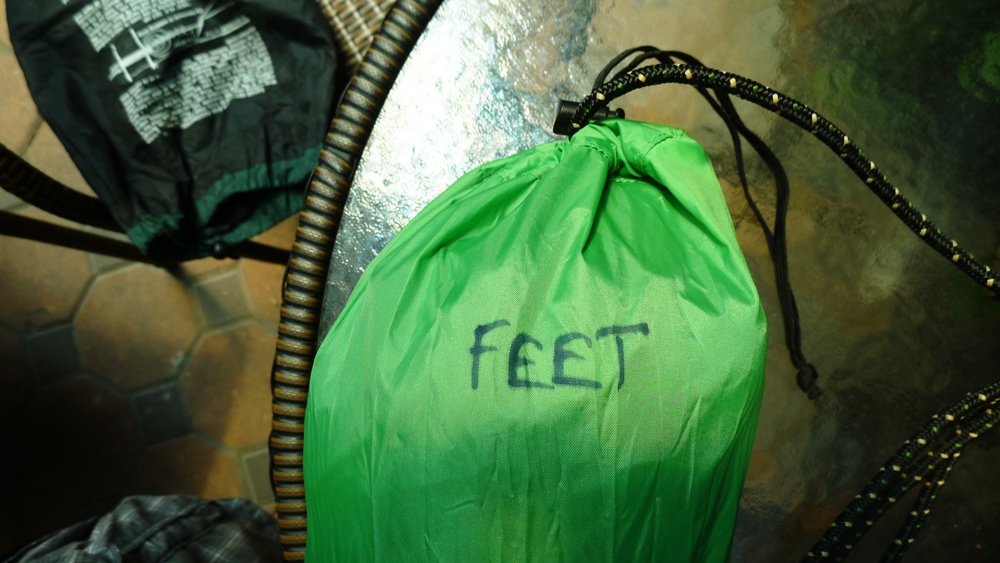
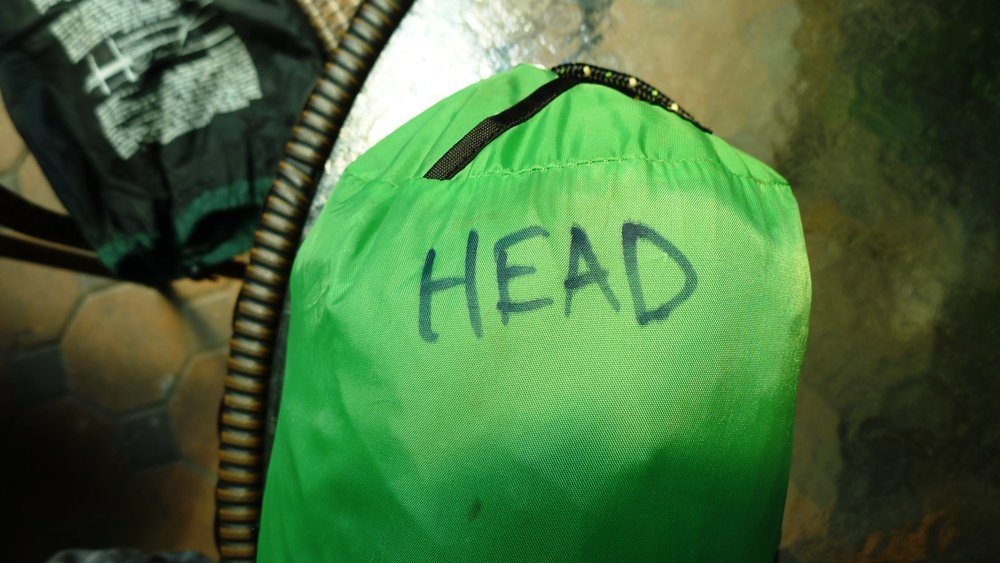
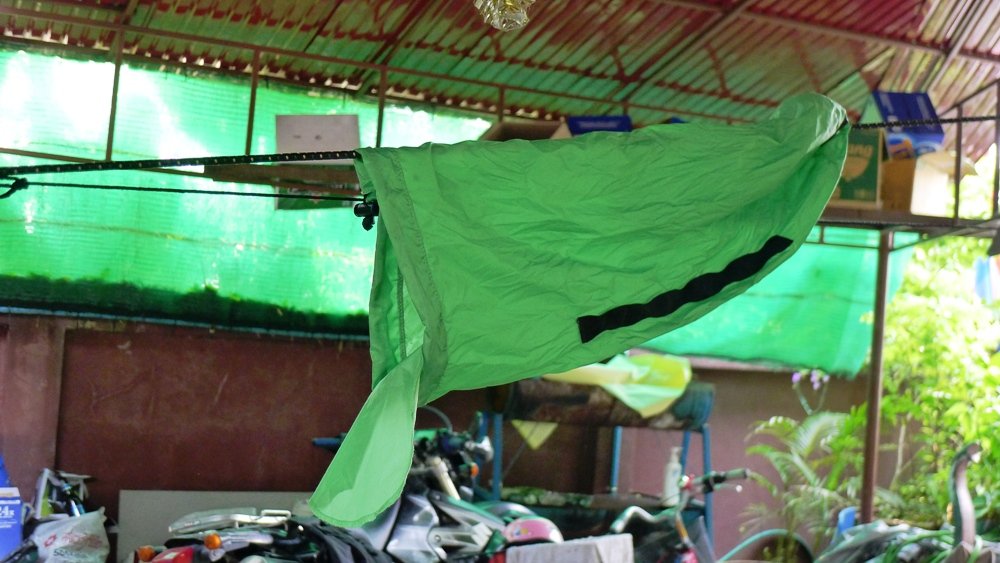

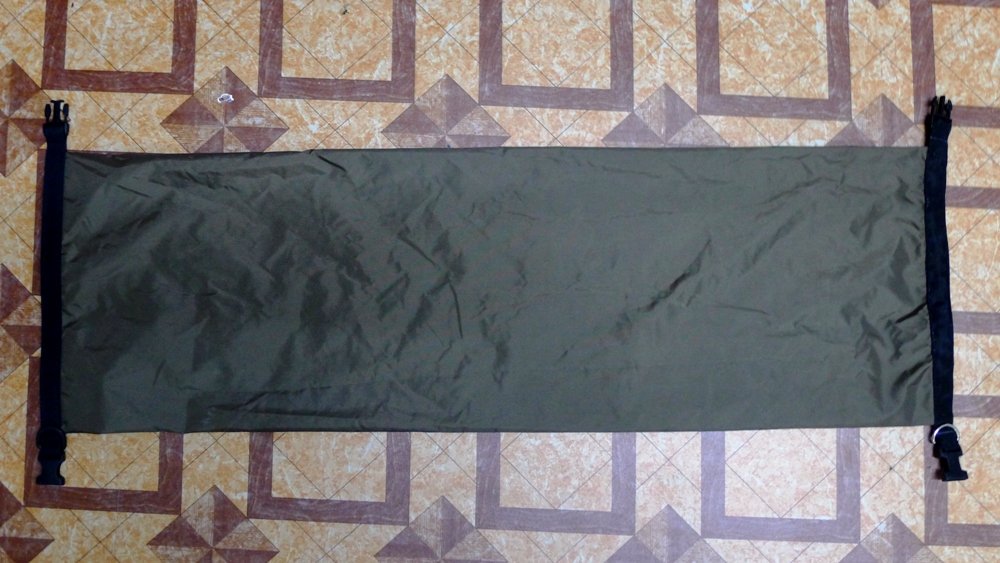







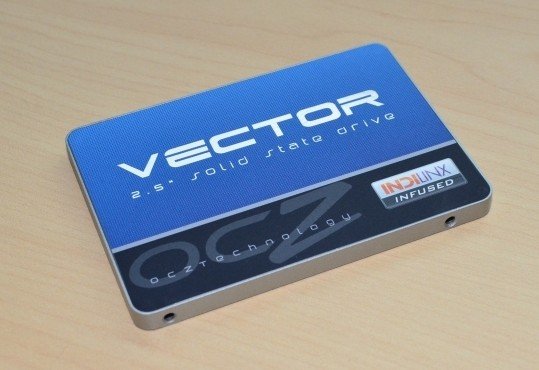
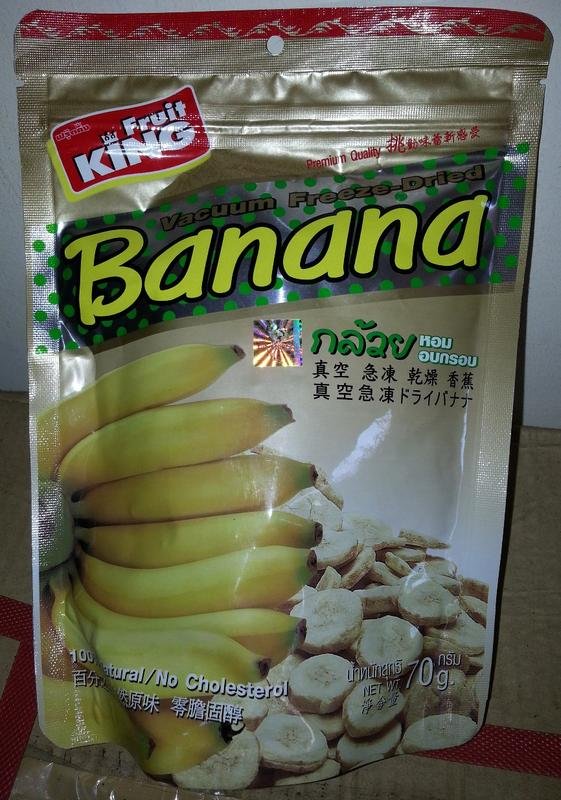

 3
3










